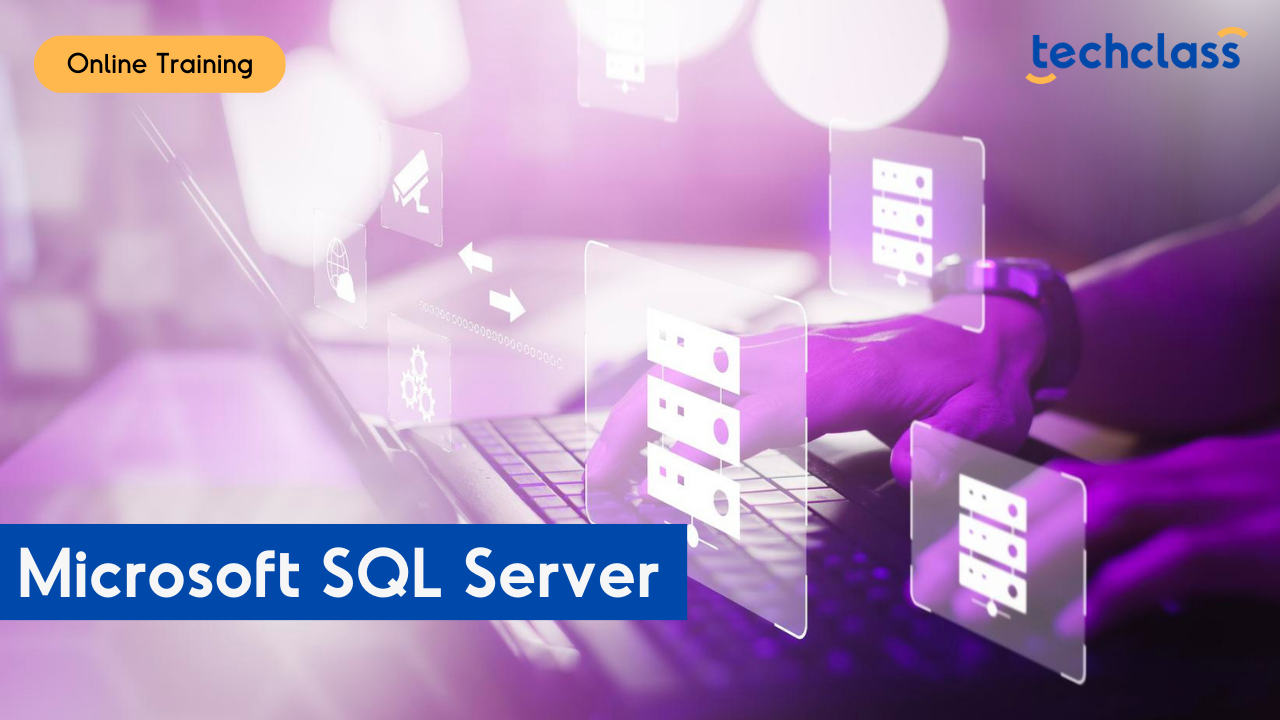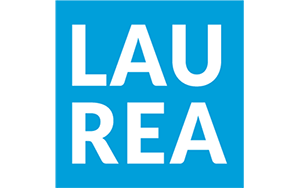Description
About the Training
Discover the fascinating world of data management with our in-depth Microsoft SQL Server online training. Start with the basics of databases, data types, and relational databases before delving into SQL, its characteristics, and wide-ranging use cases. Grasp the concepts of ER diagrams. Our training provides practical, hands-on experience with SQL Server installation, table and database creation, and data management.
You'll learn advanced techniques such as table joins, filtering, sorting, and the creation of views, indexes, and functions. Equip yourself with the knowledge to manage user roles and permissions with confidence.
Main Training Areas
- Understanding Relational Databases Basics
- Mastering Database Design & Management
- Using Subqueries to Retrieve and Filter Data
- Combining Data from Multiple Tables
- Advanced Data Manipulation
- Exploring SQL Query Optimization
Training Audiences
- Software developers who want to enhance their skills in designing and developing applications that interact with SQL Server databases.
- Data scientists and Data Engineers who want to gain a deeper understanding of data management and analysis using SQL Server, as well as integrate SQL Server with other data tools.
- IT professionals seeking to enhance their database management skills and broaden their expertise in Microsoft SQL Server.
- Anyone, regardless of their background or experience, who wants to start a career or gain knowledge in database management or data analysis using Microsoft SQL Server.
Study Options
At TechClass, we understand that every learner is unique. That's why we offer two flexible and engaging learning paths to cater to your individual needs and preferences.

Self-Paced Learning: The Power to Learn at Your Own Pace
Our Self-Paced Learning option puts you in complete control of your educational experience. Gain access to a wealth of carefully curated digital resources, including interactive videos, quizzes, and assignments that you can study at your convenience. This approach empowers you to balance your personal, professional, and educational life seamlessly, progressing at a pace that aligns with your goals and commitments. Take charge of your learning and achieve mastery on your terms.
Learn moreBlended Learning: The Best of Both Worlds
Experience the perfect blend of online and in-person learning with our Blended Learning workshops. This approach combines the flexibility of self-paced study with the dynamic engagement of instructor-led workshops. Dive into our comprehensive digital resources and then enhance your understanding by attending interactive workshops led by industry experts. Benefit from real-time feedback, group discussions, and hands-on activities to solidify your knowledge and develop essential skills. Our Blended Learning path fosters collaboration, cultivates critical thinking, and offers a rich learning experience tailored to your success.
Learn more
Training Support
Graduation

Training Certificate
Upon completing this training path, you will receive a certification from TechClass that recognizes your expertise and knowledge in your field. With this certification, you can demonstrate your skills and knowledge to employers, clients, and peers, and take your career to the next level.

















